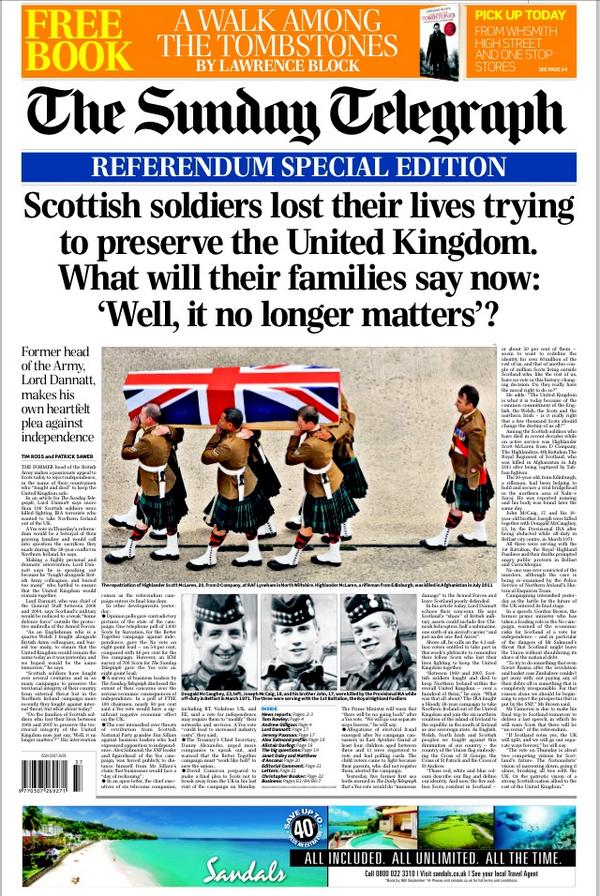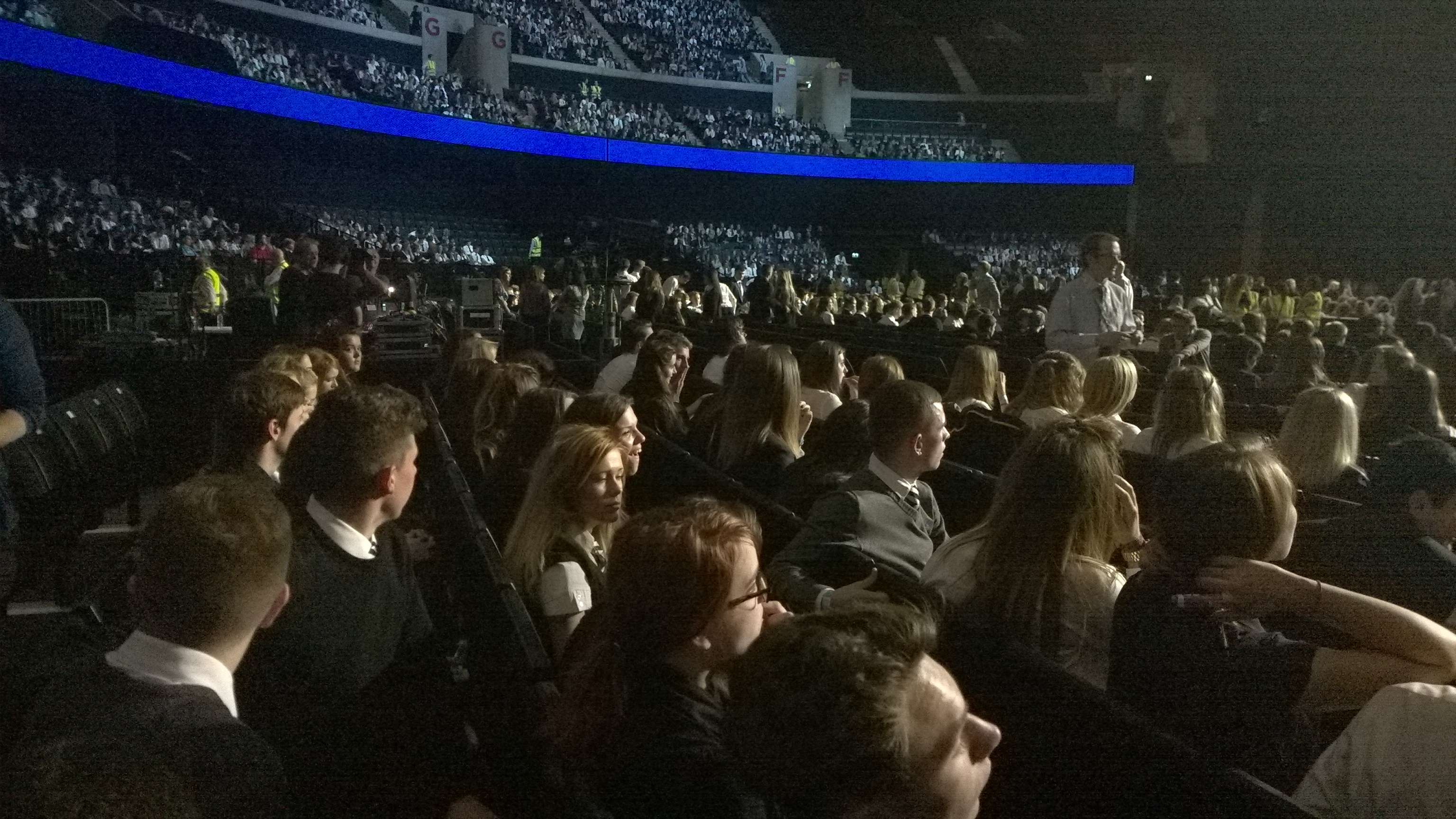Twenty years ago this week, The Shawshank Redemption hit multiplexes. It’s a period prison drama with stately, old-fashioned rhythms, starring Tim Robbins as Andy Dufresne, wrongfully convicted of killing his wife, her lover and serving two life terms, and Morgan Freeman as fellow lifer “Red” Redding, who narrates the film. But the 90s were an era of booyah action movies starring the likes of Arnold Schwarzenegger and Bruce Willis. In Shawshank, the story of a decades-long quest for redemption and freedom, the closest things to action sequences involve fighting off buggery or defiantly blasting a Mozart duettino. Reviews were mostly favorable, but the film bombed, failing to earn even $1 million on its opening weekend and eventually eking out $16 million (about $25 million today) at the American box office during its initial release, not nearly enough—and even less so after marketing costs and exhibitors’ cuts—to recoup its $25 million budget.
That was then. Today The Shawshank Redemption tops the IMDb’s Top 250 cinema-favorites list with more than a million votes, having passed the previous champ, The Godfather, in 2008. (While The Godfather—trailing by 300,000 votes—has maintained its runner-up position, Citizen Kane, the perennial greatest movie ever in critics’ polls, whispers “Rosebud” from No. 66.) Readers of the British movie magazine Empire voted The Shawshank Redemption* No. 4 in a 2008 list of “the 500 Greatest Films of All Time,” and in 2011 the film won a BBC Radio favorite-film poll.
Morgan Freeman relies on less empirical evidence. “About everywhere you go, people say, ‘The Shawshank Redemption—greatest movie I ever saw,’ ” he told me. “Just comes out of them.” Not that he’s a disinterested observer, but Tim Robbins backs his co-star: “I swear to God, all over the world—all over the world—wherever I go, there are people who say, ‘That movie changed my life.’ ” Even the world’s most famous former prisoner connected with the movie, according to Robbins: “When I met [Nelson Mandela], he talked about loving Shawshank.”
How did a period prison film running 142 minutes—a life sentence for most audiences—become a global phenomenon capable of rankling a world superpower and stirring a Nobel Peace Prize winner? To borrow a quote from Shawshank, “Geology is the study of pressure and time. That’s all it takes, really. Pressure and time.”
Seniors – essays
Really pleased with your responses so far. Most of you are showing the potential to do Higher and do well. Those yet to hand in – tick tock. https://www.youtube.com/watch?v=i9MytO0O_q0
Record advert
Repetition and emotional connection.
Irn Bru on Twitter – will not work in school!
https://twitter.com/newfromIRNBRU
The Irn Bru content has been removed for some reason at the source. I’ll give you my notes that I took on the day but it would have been better if you could have listened to the expert.
You might want to watch the “Sugar and Spice” presentation about how to grow a business using a Twitter App.
Irn Bru Gets You Through V. Coke Friends – Phenomenal Fun!
We will be looking at how two different brands raised their product awareness and sales through the use of various types of media.
The first product is Coke and we will be using YouGov to study the success of the “Friend” campaign.
Our second product is Irn Bru and the “Gets You Through” campaign. (think magnets).
We will use a presentation made by Martin Steele who is the group brand manager.
These two campaigns for similar products should help you in two ways:
1) Understand how media influences society
&
2) Work on your own campaign if you are producing an ad for a real life product.
Panorama: The People’s Voice
Watch this 30 minute programme. It will give you a clearer idea of how the media used the Independence referendum to “inform”. Do you think it reflected or shaped opinion?
What evidence is there in the programme of neutrality/bias?
What is the preferred reading of the programme?
What would a differential decoding be of the same programme?
How people voted – the stats
Does Media shape or reflect society?
Following the Independence Referendum has been a Media student’s dream as it has offered numerous incidences of Media in action where events have moved quickly and at times the more usual media outlets have struggled to keep up with the immediacy of newer versions such as social media users on Twitter or Facebook or blogging sites such as this.
Institutions such as the BBC have to be seen to be neutral, to lack bias. They are a “Trust” and have to operate with in an “agreement” with Government drawn up in 2006. The Agreement with the Secretary of State sits alongside the Charter. It provides detail on many of the topics outlined in the Charter and also covers the BBC’s funding and its regulatory duties. The Agreement is an important constitutional document because together with the Charter, it establishes the BBC’s independence from the Government. Agreement in full
The current Agreement was laid in Parliament in July 2006.This needs to run alongside the “Charter”. The Royal Charter is the constitutional basis for the BBC. It sets out the public purposes of the BBC, guarantees its independence, and outlines the duties of the Trust and the Executive Board. The current Charter runs until 31 December 2016. Charter in full
In practice what this means that in a political debate all sides need to be represented proportionally. In the Independence Debate which Cumnock Academy attended there were two “Yes” representatives on one side of the presenter and two “No” representatives on the other. Within the audience of 7500 students from around Scotland only 500 were allowed to sit in the seats to be called on to participate in the live filmed discussion. They were meant to equally represent Aye/Naw/Maybes Aye/Maybes Naw. Their carefully selected questions were submitted in advance to the BBC who tried to fairly choose questions which would help both sides answer to promote their stated positions. The other 7000 students were not allowed to ask questions but they were in the role of “live audience”. This gave the BBC the chance to use them to influence “Twitter” by “Tweeting” during the filming by using #BigBigDebate. This is an example of “Cross Media”. One institution’s product references another and they feed off each other’s products. By using the live audience, the BBC was able to “trend” their programme on Twitter and generate a buzz which in turn got an audience at home to watch the programme either live or on BBC iPlayer. This serves the BBC well because they have a duty to “inform” while remaining neutral.
If the BBC was seen to be failing in their duty to inform without bias they would be hauled over the coals (metaphorically) and they would potentially lose the funding that the Government allows this non-commercial channel. Currently all the revenue raised from the TV Licence goes to the BBC. Other channels need to have adverts and/or product placement to pay their way and generate profit. The BBC therefor has to seriously take their duty to report the news without bias.
Watch the programme carefully.
The intro 0.00 – 0.30 seconds was filmed on location outside the SSE Hydro (Product placement supposedly not allowed in the BBC). This had to be filmed the night before to that it would look as if the programme was “at night” to match the slot where it was shown at home which was 9.00 p.m. till 10.0 p.m.
The title sequence at 0.30 – in greys, pinks and greens (politically neutral) uses the words “Referendum, Better Together, Union, imagery of the Hydro, a handshake, a cross in a box all appearing on screen in rapidly expanding text sliding on and off-screen. This all became an exterior shot of the Hydro lit up in purple and a stylised symbolic logo of Scotland also in purple. This had connotations of the Scottish thistle and altogether these established the idea of location, time and reason for the programme which was going out in a prime time post-watershed slot.
1.00 – 2.00 minutes in was given over to selected students and schools arriving at the event. The reasons for this were twofold, firstly the schools’ students would feel that their voices were important and it allowed us to go right to the start of the debate itself afterwards rather than seeing the participants walking on to the stage. As there were boos from the audience for some of the panellists this would have shown bias to the audience at home.
2.20 – 2.40 minutes we see each of the panellists names. Note the way they are dressed. Nicola Sturgeon’s dress was more orange than red but on screen colour correction has altered this. Red was an odd choice of colour for the Tory leader in Scotland Ruth Davidson. Why might this choice have been made? George Galloway – a man who has represented a variety of parties in his long career – adopted black with a Trilby hat for an indoor arena (again, why?) and Patrick Harvie from the Green Party was fairly formally dressed as well.
3.00 – 3.40 Look at the difference between the Media savvy politicians and the students. If you want to be taken seriously and influence others how should you present yourself?
Watch the rest of the programme yourself. Look out for gesticulation (hand movements like chopping and thumping) and facial expression. These people know how they will look and sound to the audience at home who are the REAL audience. The BBC wants millions tuning in. Better to be listened to and agreed with by millions at home than thousands in the room if you want to change hearts and minds.
The person at the top of the BBC in Scotland responsible for its newsroom is John Boothman, a very experienced journalist who has worked his way to the top in the traditional manner. He has been, in the past, accused of being too close to Labour due to his partner being a Labour MSP (Article in Herald here ) but this accusation can no longer be made as she resigned her seat. His is a very difficult job as he can be called to account over everything from jobcuts to bias.
However, even a programme like the Big Big Debate caused them to be accused of acting to support the status quo more than the side who wish to assume more powers for themselves.
The preferred reading of the product is that it is a debating programme presenting both sides of the argument. A differential decoding is that some who argue their side of the argument was unfairly presented to the audience at home due to the editing done after the taping, amount of camera time given, lighting, sound quality or any other decoding they may have brought to their viewing of the show.
If you look at Twitter’s responses to the Big Big Debate on the night there were very quick accusations of bias, mostly be people who were not in the Hydro. Those of you who were there at the event might remember if these accusations are valid in your opinion.
Join “The Big, Big Debate” on Scotland's #indyref. @BBCOne 22:40BST / BBC One Scotland 21:00BSThttps://t.co/VH5LsrrNb2
— BBC News (UK) (@BBCNews) September 11, 2014
Scathing review about Big Big Debate teenagers in Independent
What do you think?
Is the BBC neutral?
BBC’s own explanation about their coverage
*****************************************************
The Sunday Herald is not neutral. It has nailed its colours to the Masthead.
They make no attempt to hide their allegiance to the Yes campaign point of view.
What advantages and disadvantages could there be for print media to take an editorial stance on any issue?
****************************************************
In the interests of fairness, and as we’re only examining how media is either reflective of society or is attempting to influence society – here is another quality print media product which takes the opposite view. Look at their front cover:

BBC – Big Big Debate
http://www.bbc.co.uk/news/uk-scotland-scotland-politics-29164621
https://www.youtube.com/watch?v=sYzMRpiDoWE&feature=youtube_gdata&utm_medium=twitter&utm_source=twitterfeed
http://www.bbc.co.uk/news/uk-scotland-29157028
Being part of the democratic process. Listen, debate, decide.
Exciting news for seniors!
10 of you are going to be working with the BBC on a filming production. We’ll be doing everything from initial ideas, scripts, storyboards, filming, editing over a day and a half. That will allow the group to have an assignment of high quality at, hopefully, Nat 6 level.
They can only take 6-10.
Are you up to the challenge?




